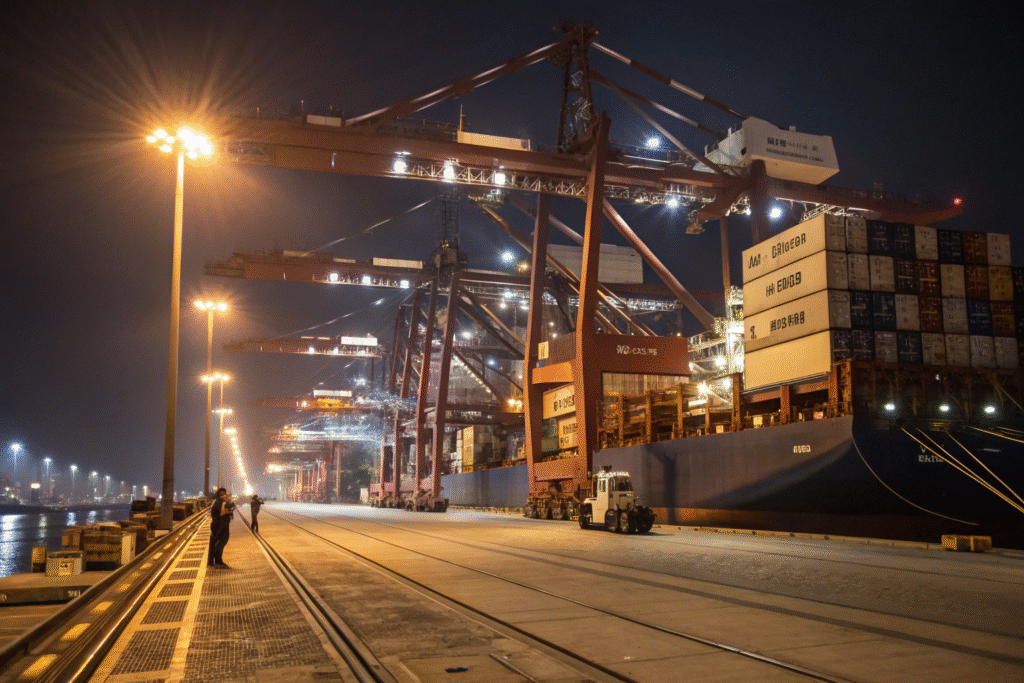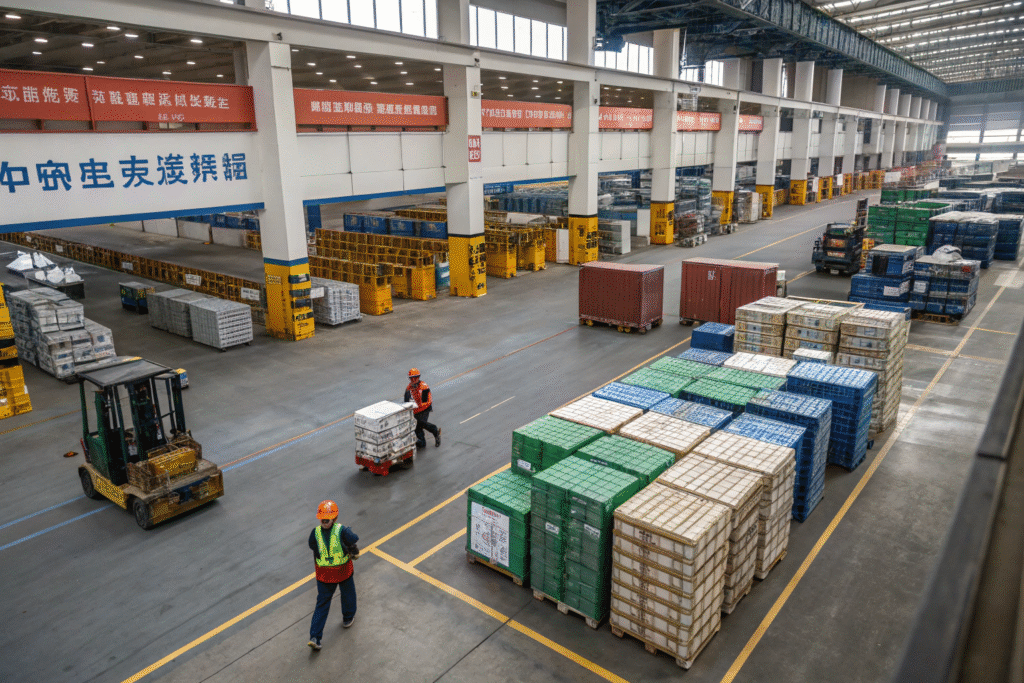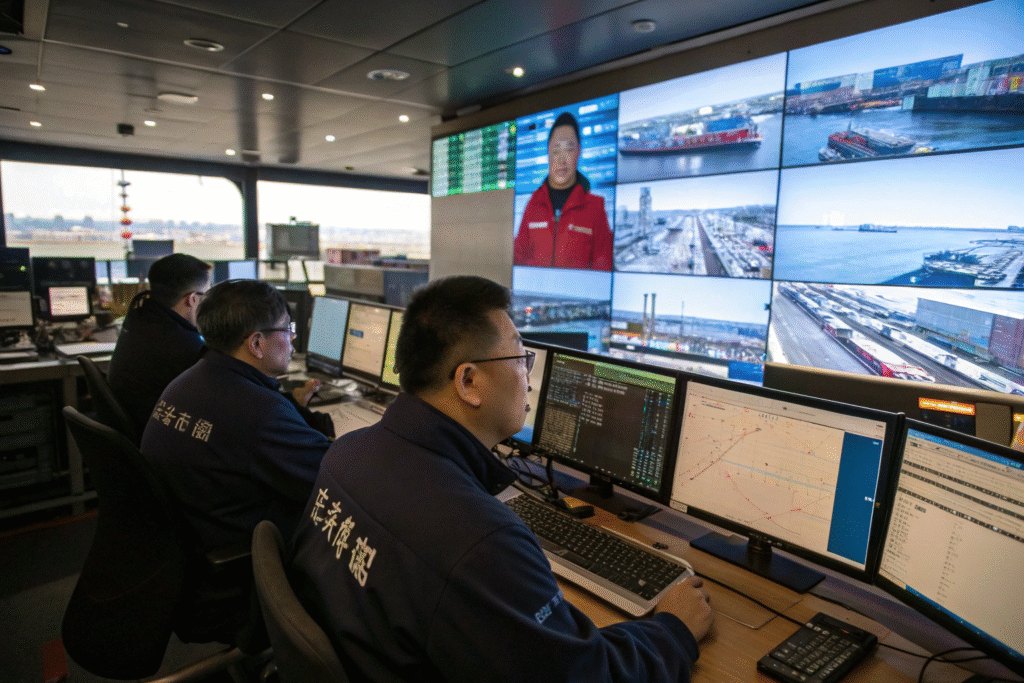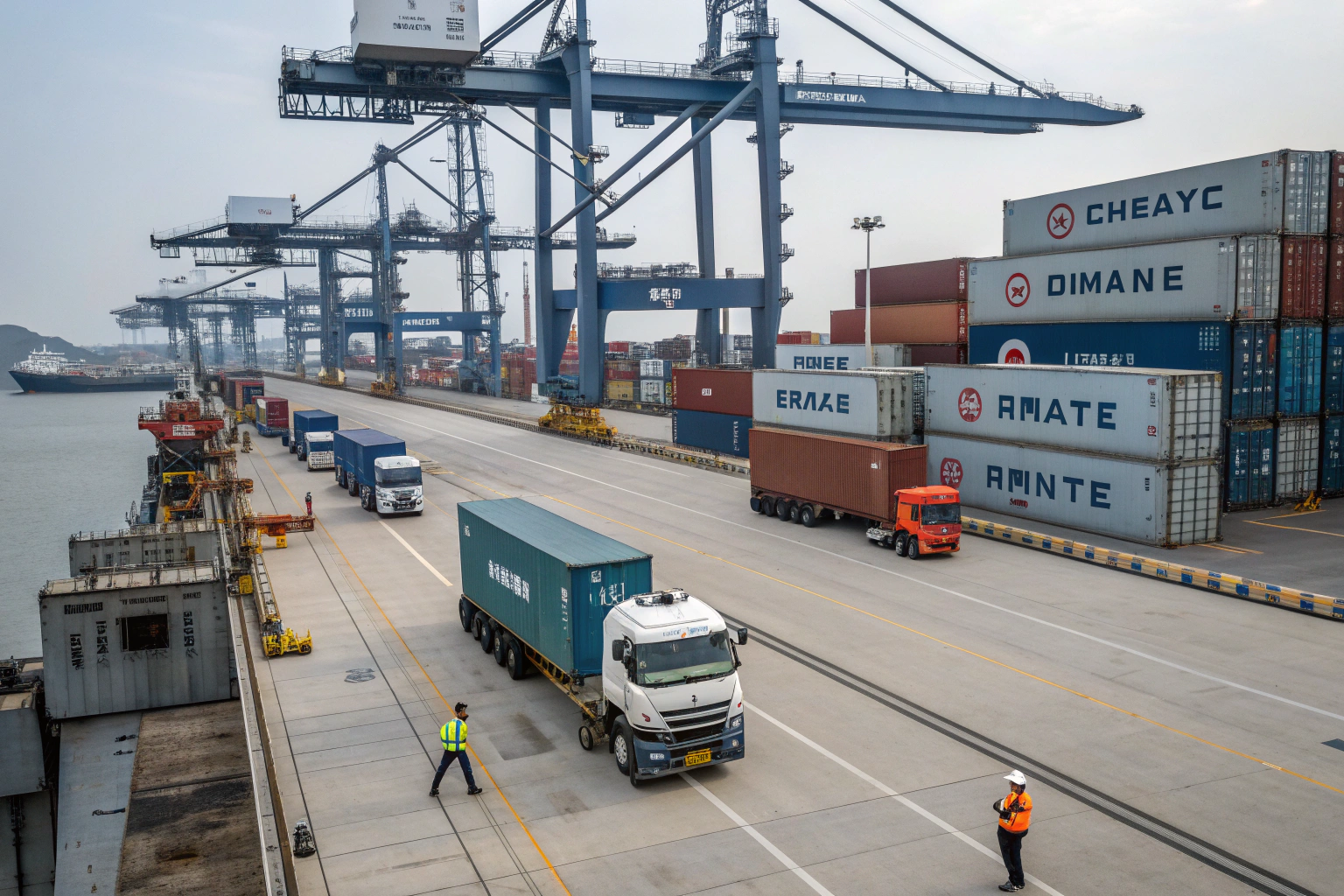When tariffs rise or trade policies shift, the difference between a profitable shipment and a costly one often comes down to execution speed and tariff planning. For US importers, having a freight forwarder with strong, established relationships at major Chinese ports can be the deciding factor in keeping costs predictable and competitive.
These relationships go beyond booking space — they influence customs efficiency, container priority, and access to special port services that directly impact tariff costs. In this article, I’ll explain how working with connected partners in Shanghai, Ningbo, Shenzhen, and other key Chinese ports can make your US exports more tariff-efficient.
Why Port Relationships Matter for Tariff Management

Port authorities and terminal operators play a key role in how quickly and efficiently cargo is processed. Strong working relationships can mean:
- Faster container release during congestion.
- Access to dedicated consolidation areas for mixed-origin shipments.
- Early warnings about regulatory or tariff changes affecting specific HS codes.
When time-sensitive cargo is involved, these advantages can reduce storage fees, avoid missed vessel cut-offs, and ensure tariffs are calculated on accurate, verified data.
How Does Faster Processing Save on Tariffs?
Delays can expose shipments to tariff rate changes that occur mid-transit. For example, if a rate increase is scheduled for the first of the month, faster clearance and vessel departure can secure the lower rate.
Why Are Pre-Alert Systems Valuable?
Port insiders can flag upcoming customs changes or special documentation requirements in advance. This allows us to adjust paperwork or routing before the goods even reach the terminal.
The Role of Shanghai, Ningbo, and Shenzhen in US-Bound Tariff Efficiency

China’s largest export hubs — Port of Shanghai, Port of Ningbo-Zhoushan, and Port of Shenzhen — are not just busy, they are highly specialized in handling US trade.
Our relationships with these ports give clients priority in booking space, quicker turnarounds, and access to specialized services like bonded warehousing for tariff planning.
How Do These Ports Support Mixed-Origin Consolidation?
For clients sourcing from multiple Asian countries, these ports provide the infrastructure to receive, store, and consolidate goods before export. This allows for tariff optimization strategies when dealing with varied duty rates.
What About Air-Sea Multimodal Options?
Some high-value shipments benefit from partial air freight to these ports for final ocean transport to the US. This hybrid approach can align arrival dates with favorable tariff periods.
Leveraging Bonded Warehouses and Free Trade Zones for Tariff Control

Bonded warehouses and Free Trade Zones (FTZs) allow for temporary storage of goods without paying duties until export.
We use these facilities to hold shipments strategically — for example, delaying export until a tariff reduction takes effect or combining products to maximize container utilization.
How Does FTZ Storage Help Avoid Tariff Surprises?
If a tariff hike is announced, goods in FTZ storage can be rerouted or exported sooner to lock in the lower rate. Conversely, if a reduction is expected, export can be delayed until the change takes effect.
Which FTZs Are Best for US-Bound Shipments?
Shanghai Waigaoqiao FTZ and Qianhai FTZ in Shenzhen are among the most efficient for processing high-volume US exports.
How GeeseCargo’s Port Network Delivers Tariff-Efficient Solutions

Over the years, we’ve built trust with port authorities, shipping lines, and customs officials at key Chinese export hubs. This means:
- Better space allocation on peak-season sailings.
- Faster customs clearance through pre-submitted, verified documents.
- Real-time coordination to adapt to tariff changes mid-shipment.
Can This Network Reduce Landed Costs?
Yes. By timing departures, consolidating cargo, and ensuring tariff accuracy, we help clients cut costs they would otherwise absorb from delays or incorrect classifications.
How Do We Keep Clients Updated?
We provide real-time shipment and tariff monitoring through secure dashboards, so you can make informed decisions about routing and scheduling instantly.
Conclusion
Tariff efficiency isn’t just about knowing the rules — it’s about having the connections to act on them. With major port relationships in China, you can move goods faster, manage tariffs proactively, and keep your US exports competitive.
At GeeseCargo, we combine these connections with meticulous compliance to create a shipping strategy that works in any trade climate. Contact Ben Zhu at benzhu@geesecargo.com to learn how we can help your business.









